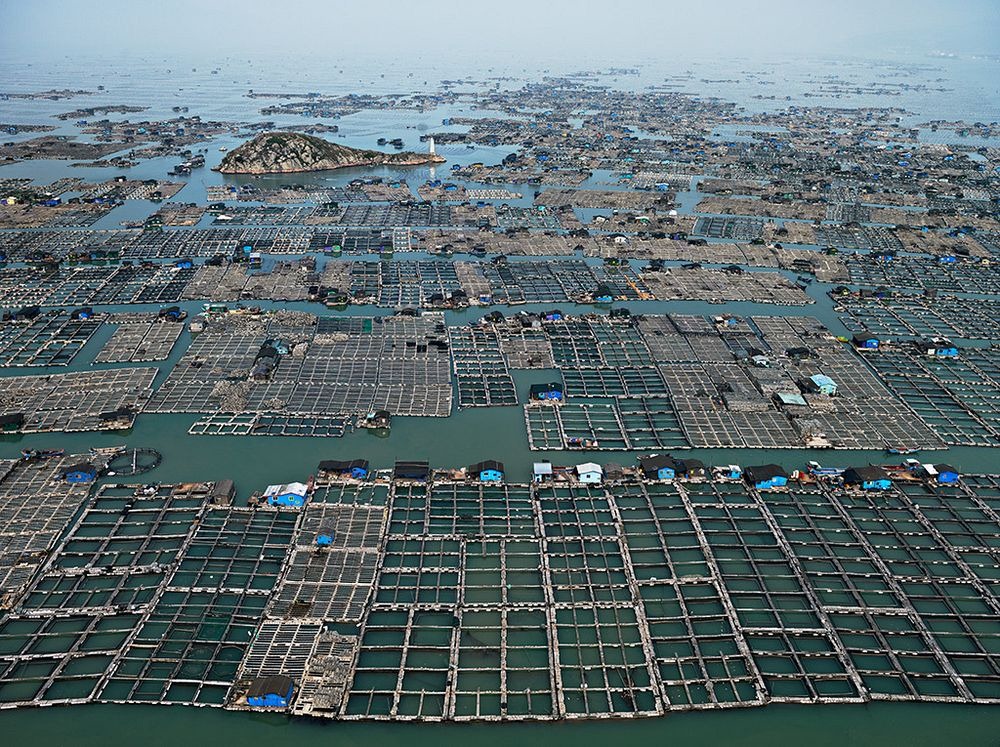By Andrea He
Many of the salmon steaks you buy at the supermarket are not from freshly-caught wild fish but are instead grown in a controlled pool filled with many other salmon. Aquaculture, or farmed seafood, is an important industry that provides jobs and food for millions of people around the world. However, water sample analyses across many aquaculture ponds in China, where aquaculture thrives, revealed the potential risks involved in the industry.
In China, the aquaculture industry employs over 4.3 million and provides almost a third of the global commercial seafood supply. Many of these operations use animal waste as fertilizer for these ponds, which is efficient and conserves resources even though bacteria such as Salmonella and viruses can be present. Due to these potential hazards, it is incredibly important to define the health risks that could impact both consumers of the fish as well as the workers in that environment.
In February 2019, researchers at Ohio State University who partnered with the Center for Disease Control in China assessed microbial quality in various aquaculture ponds in the city of Jiangmen. Their study, “The microbiome and antibiotic resistance in fish farm water: Implications of environmental public health” published in the journal Science of The Total Environment, found that the high concentrations of nutrients for the fish often prompt pond eutrophication – where the amounts of nutrients cause a dense growth of plants such as algae that use up the oxygen in the water. Not only could this potentially cause suffocation of the fish, but it also increases the chance of producing toxic cyanobacteria, which is a natural poison and could cause a quick death through respiratory failure. High levels of fecal contamination also suggest that people who eat or come in contact with the water and fish could have a greater risk of fecal-transmitted disease and other diseases such as contact dermatitis, an itchy rash that can cause mild to severe discomfort. Researchers detected Salmonella, a bacterial disease that affects the intestinal tract, in 37% of the ponds tested while 21% of the seafood in northern China contain Salmonella.
These high levels of fecal contamination, as well as antibiotic resistance bacteria, are incredibly hazardous to the millions of workers that are constantly in contact with the fish ponds. Meanwhile, consumers who eat seafood are also at risk of diseases such as Salmonella. The presence of this data can prompt greater action towards researching prevention techniques for workers, consumers, and nearby ecosystems. Since aquaculture is so essential towards the Chinese industry, improving working conditions and fish quality can ensure that aquaculture can continue to provide for the many who depend on it.
Citation:
Klase, G., Lee, S., Liang, S., Kim, J., Zo, Y., & Lee, J. (2019). The microbiome and antibiotic resistance in integrated fishfarm water: Implications of environmental public health. Science of The Total Environment, 649, 1491-1501. doi:10.1016/j.scitotenv.2018.08.288
